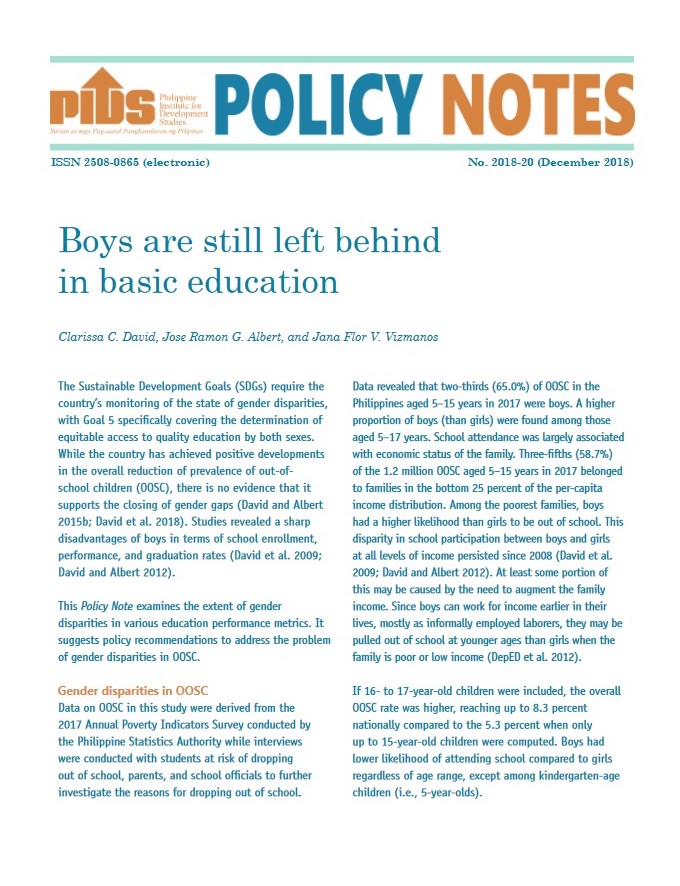First of three parts
Dindo Reyes looked forlornly at the stall in the Imus Public Market in Cavite that once provided for his family. Unoccupied for months, Reyes said he has decided to shutter his business than suffer more losses, as many of his regular customers no longer buy goods from him.
This predicament is also being experienced by vendors in other public markets. In a survey conducted by the BusinessMirror, 100 out of 153 respondents, or nearly 70 percent, said they prefer buying groceries in supermarkets rather than in the public market.
In an interview, Reyes said the family acquired their stall in the Imus Public Market in 2001. The business flourished until 2009, when sales dwindled and they started feeling the pinch.
Before the prevalence of convenience stores and supermarkets, Reyes said the public market will be teemed with shoppers before noon. Now, the buyers are gone and their suki, or regular customers, would barely throw them a glance as they enter the automatic doors of the supermarket nearby.
In the vicinity of the public market alone, there are six supermarkets and four convenience stores within a 500-meter radius. More supermarkets dot Aguinaldo High-way in Imus, closer to the growing subdivisions in the city.
A study written by Larry Digal from the Philippine Institute of Development Studies indicated that, because of the purchasing power and growth of dual-income families, there has been a high demand for convenience.
"This may be the reason some Filipinos prefer one-stop shopping to minimize time and energy, regardless of the additional cost. It may not be surprising at all to see supermarkets displacing small retailers and growing larger in size, since consumers themselves search for convenience,” the study read.
In the same BusinessMirror survey, respondents said they would rather go to supermarkets, as they are cleaner, convenient and more accessible.
"Items are reliable and you’re assured that there is no overpricing happening, but they may be a bit expensive,” said one respondent from Quezon City.
Experts said the decline of public markets is lamentable, given its significance in history and Filipino culture. For one, the local market served as a venue where the youths are exposed to Filipino traditions.
Social anthropologist Maria Carinnes Gonzalez said public markets allow people to develop a sense of cooperation among people in their community. Also, while Filipinos practice haggling, or tawad, Gonzalez said it is not the amount of money that mattered during the process but the fact that someone was able to convince another person to lower the price of a product.
"It was the conversation, the connection, that mattered,” she said.
The public market is also considered to be a venue where people not only purchase items, but to know about what’s going on in the community, as well. It then becomes a source of knowledge about a particular community.
"It’s like a barber shop, it’s where you get all the juicy stories from the barber,” Gonzalez said.
Economist Al Faithrich Navarrete explained the dynamics of the public market, loosely referred to as palengke by most people, and how it stood as the center of trade where all major transactions transpired.
Navarrete agreed that the local market served as a venue for social transactions within a community, as well, giving an opportunity for people to interact and form bonds over transactions and purchases.
In the case of Reyes, the public market served as a venue where he was able to forge good relationships with people in the community. Some of his customers even became their family friends. Inaalagaan lang namin [sila], customer service ba,” he said, recalling how his regular customers helped him during their time of need, especially when his business hit rock-bottom.
When sales started going down, Reyes said his loyal customers kept the store going. He went as far as not letting them pay for the items they need and to let them settle the balance some other day. This proved to be unsustainable, as revenues dropped significantly in the next few months.
This forced Reyes to get a loan just so he could keep his business running. "But the interest was too high.”
Aside from low sales, many stall owners are saddled with huge debts, as they wait for the day when their business would turn the corner. Eventually, they are forced to go out of business, as their debts become too big to manage.
"Admittedly, it would be hard for us to compete with large companies that enjoy economies of scale and huge sales volumes,” Reyes said.
It also doesn’t help, he said, that products tend to be cheaper in supermarkets despite the air-conditioning and the cost of labor they incur. "Suppliers tend to give discounts to supermarkets and, thus, lower market cost. This may explain why some products are more costly in the public market than in the supermarket.”
Whether the public market is being visited or not, economist Navarrete said it is highly capable of becoming a "deterrent” of sorts when it comes to price regulation. Navarrete said the public market plays a "critical” role when it comes to price variations and supply, providing the public market with an ace in the supposedly lost war against its larger counterparts.
"In essence, the public market could be a ‘price regulator’ to ensure that supermarkets do not sell products at a very high price,” Navarrete said.
"For example, if the price of the supermarket is costly relative to the public market’s cost, then people would naturally go to the latter. If public markets didn’t exist and only supermarkets had products, buyers would not have a say whether they plan on changing prices very quickly,” he added.
It was due to this nature that Navarrete called the public market one of the nearest examples of "perfect competition,” where an environment contains homogenous resources, and multiple parties buy and sell their products. In essence, due to the freedom given to people to sell and buy, competition is always constant. However, this profit-oriented approach may be proof that the community-based interaction in the market is slowly disappearing and being replaced by bigger establishments, completely with a new set of norms and culture for people to follow.
Gonzalez, for her part, said the change in shopping preferences is due to the Filipinos’ exposure to other cultures. While there is an increasing preference for convenience, she said this would not entail the disappearance of public markets.
This pronouncement, however, gives little comfort to vendors like Reyes, who are now on the lookout for other sources of income to feed their families. To be continued
Do you still shop in a ‘Palengke’? 7 of 10 Pinoys don’t
Related Posts
Publications
Press Releases
Video Highlights
[No related items]
Infographics
[No related items]






